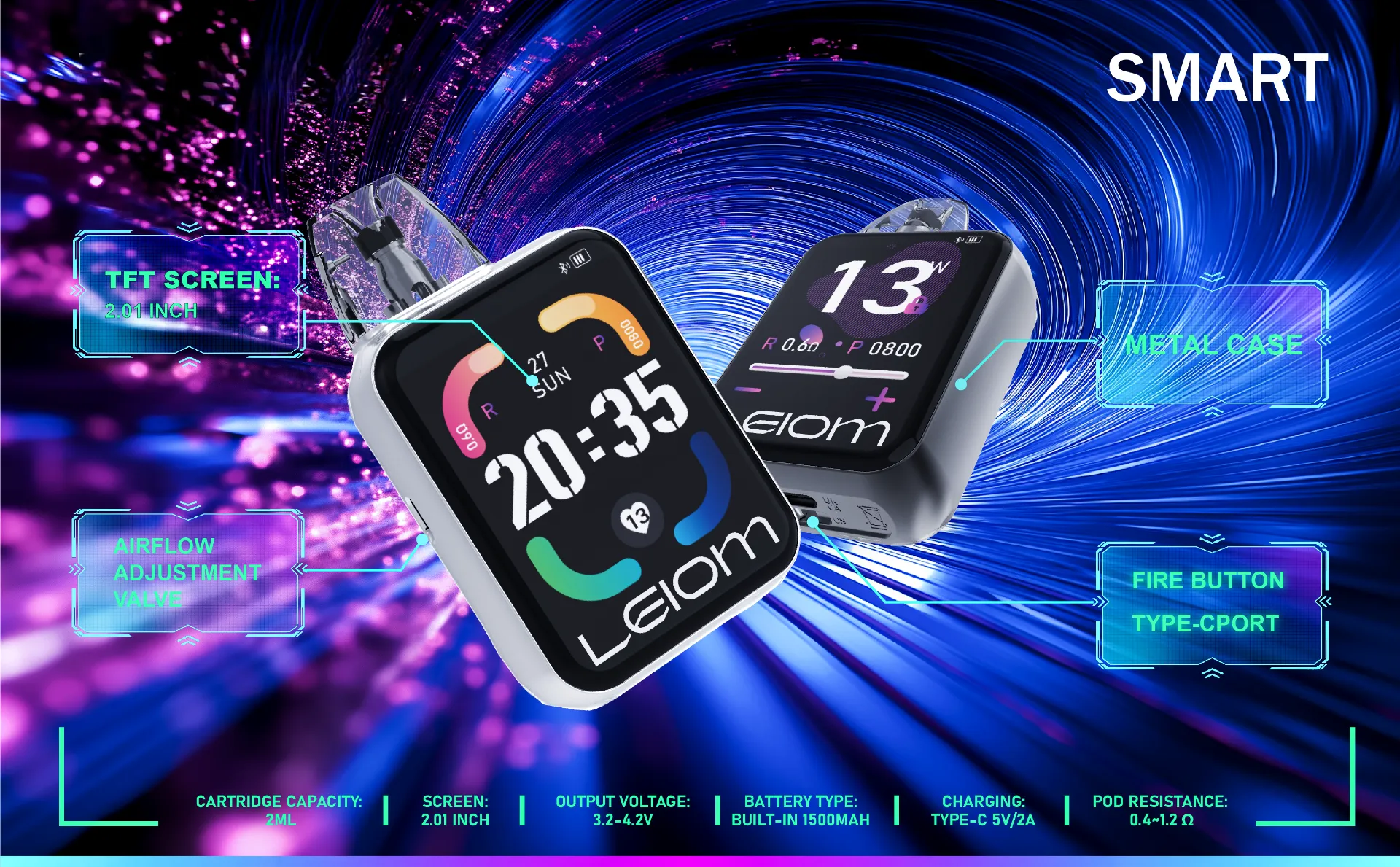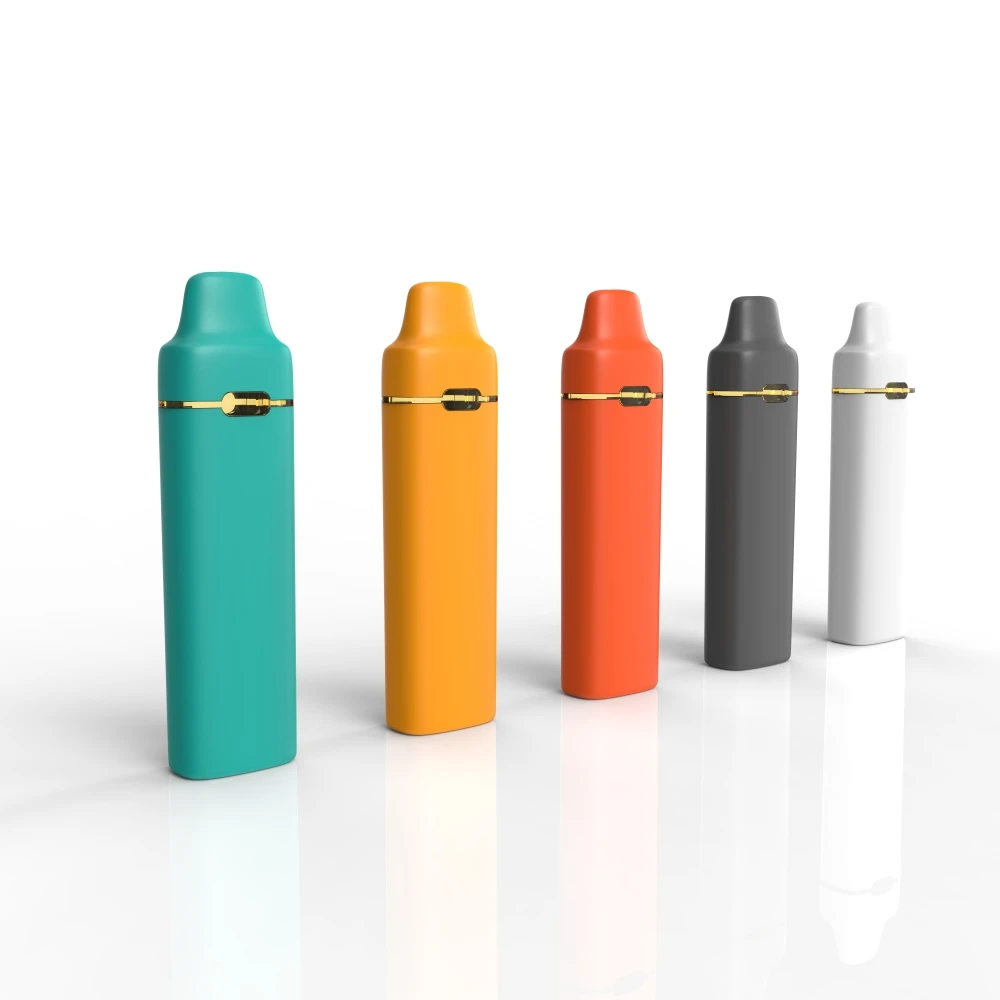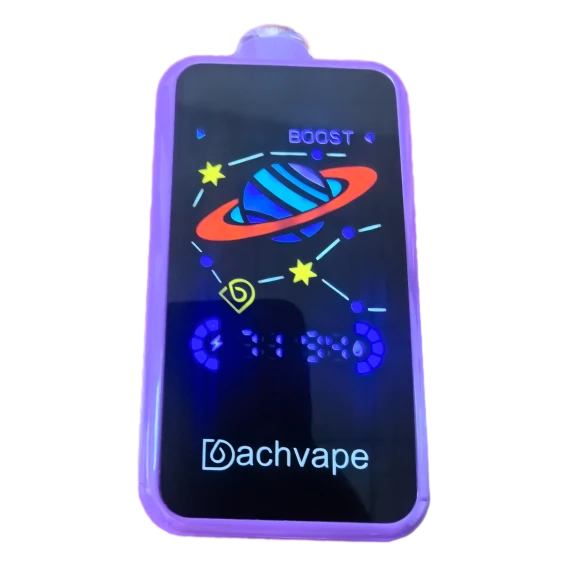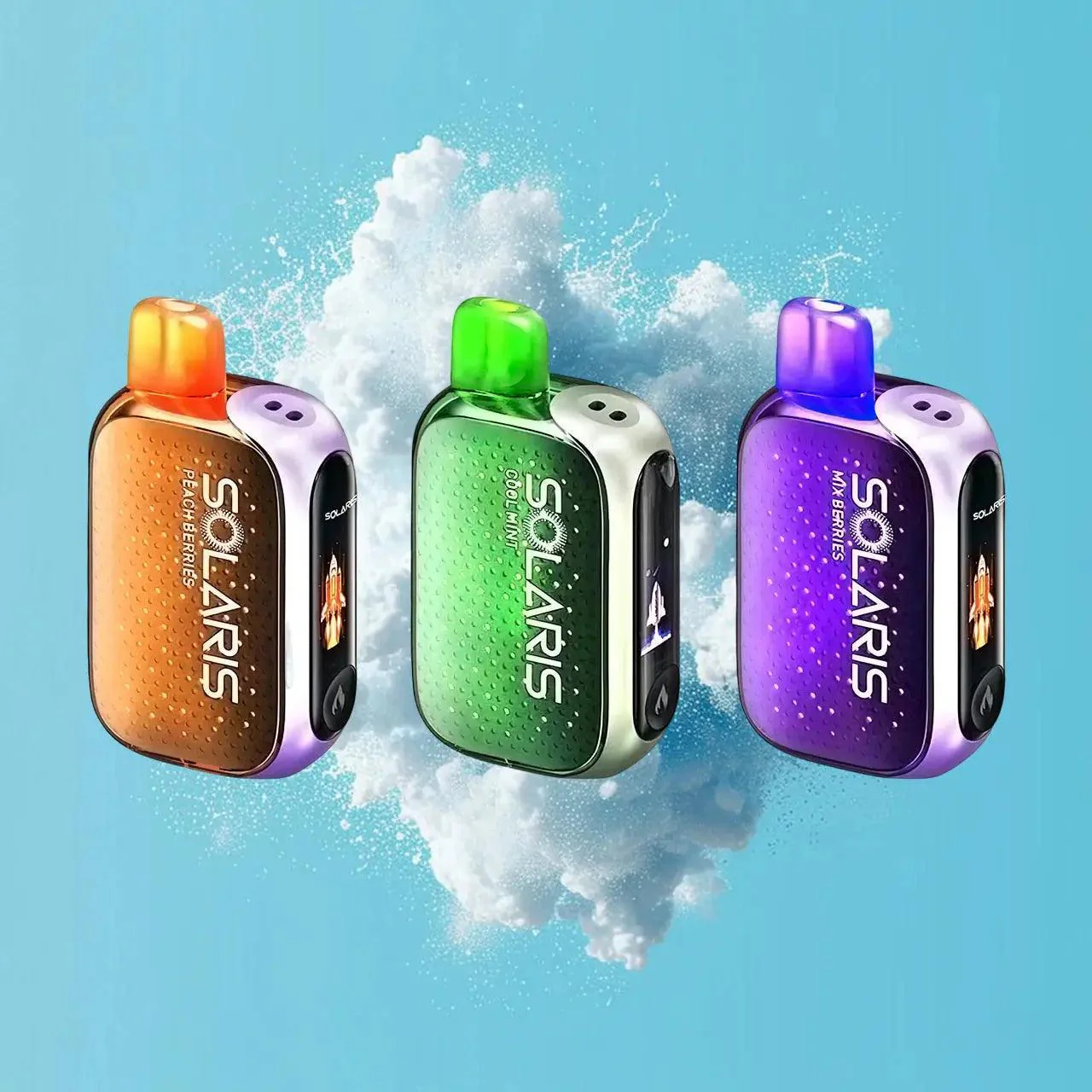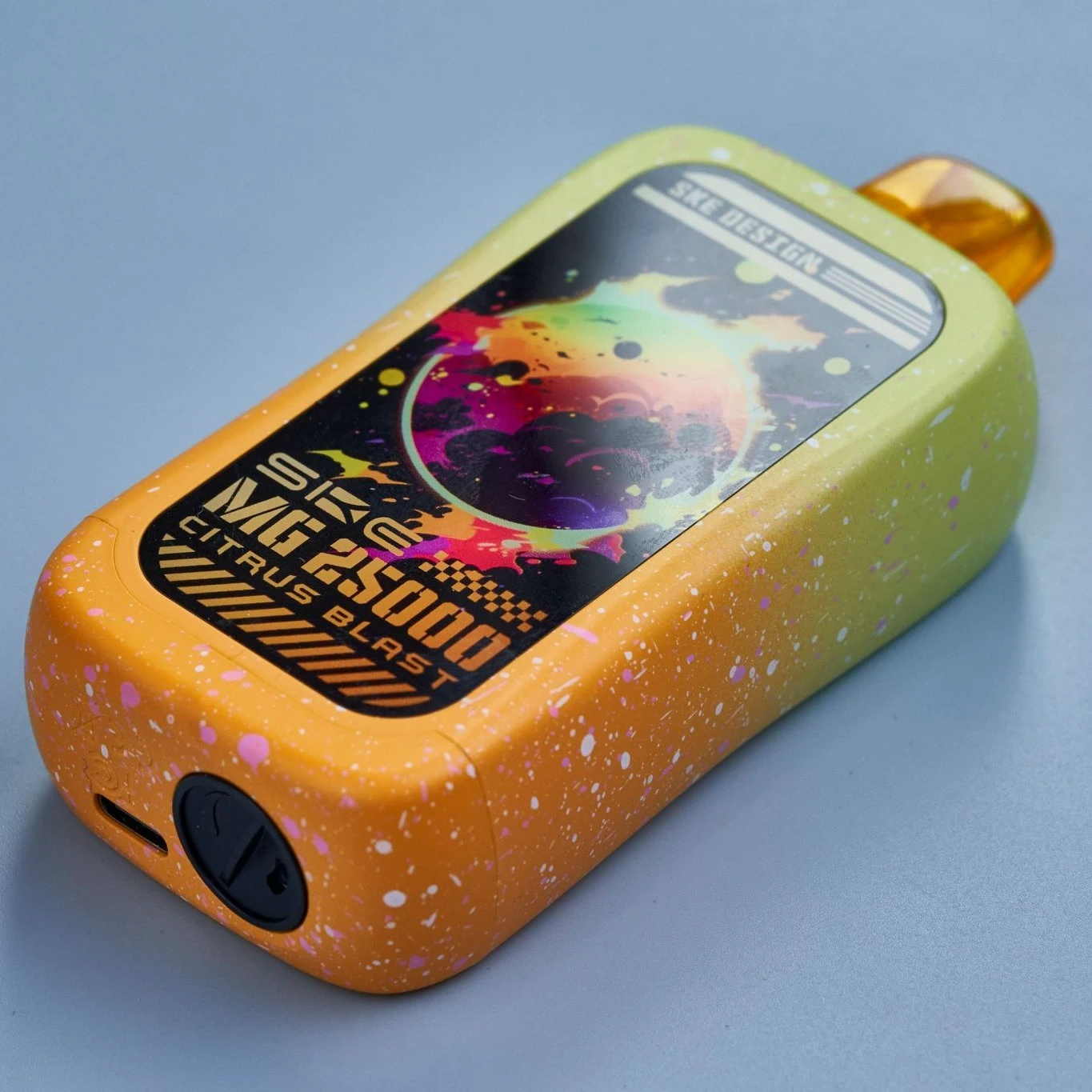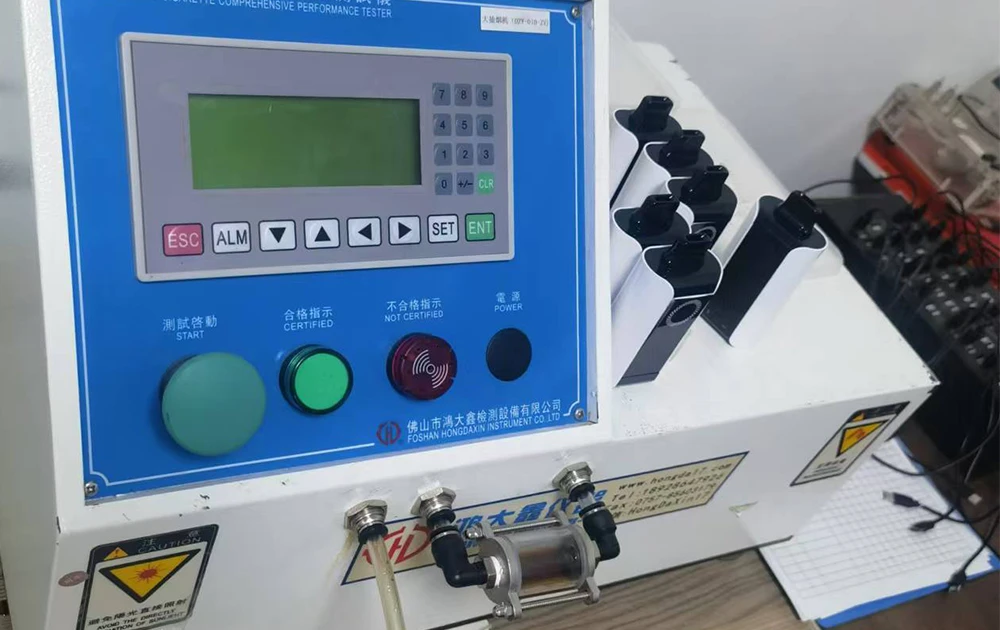

The tactile feedback from a disposable vape pen can also signal its emptiness. A lack of resistance when inhaling often means the pen is devoid of e-liquid. When the device is full, the draw should feel smoother and more substantial. As the liquid diminishes, the draw can become airier, providing less resistance as no vapor is being produced. Engagement with the pen's battery life is another area to consider. Some disposable pens have a built-in battery indicator that provides approximate life expectancy. If the battery dies well before the e-liquid runs out, this can indicate a defective device. Conversely, if after charging or employing a pen with a fresh battery, minimal vapor is produced, the e-liquid may be depleted and require replacing. While some may attempt to disassemble a disposable vape pen to determine its status, this practice is generally discouraged. Opening the pen can damage the device, render it unusable, and void any manufacturer warranties. Moreover, it can pose potential health risks as it disrupts the sealed environment that maintains the integrity and safety of the e-liquid. In conclusion, recognizing when a disposable vape pen is empty relies on a combination of sensory observations and understanding pen-specific signals. By observing changes in vapor production, taste, indicator lights, sound, draw resistance, and battery life, users can determine the right moment to replace their disposable vape pen, ensuring a seamless and uninterrupted vaping experience. These insights empower users with the knowledge to maintain their devices properly and enjoy vaping with minimal inconvenience. For authoritative guidance, consulting the specifications and instructions provided by the pen’s manufacturer can often offer valuable insights tailored to a specific brand and model.
Post time:Feb - 17 - 2025

